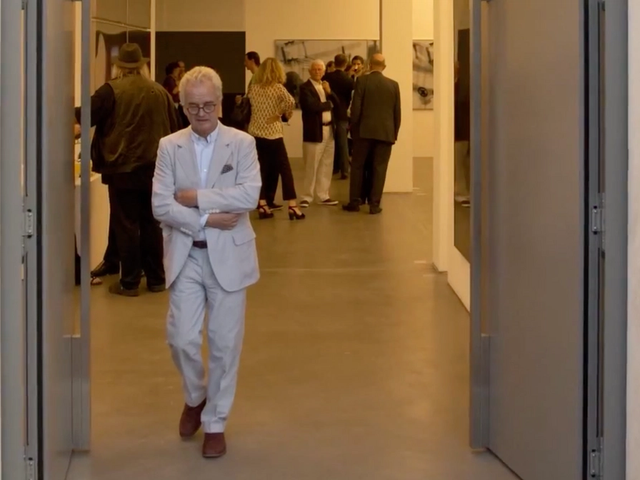A dispute between contemporary art dealers in Lower Manhattan is resurfacing questions in the commercial art world about client information, intellectual property rights and non-compete policies. Tensions between the founders of the Tribeca-based 1969 Gallery and Chinatown-based Hyacinth Gallery have flared since the dismissal of William Nance, Hyacinth’s founder, who took a role as 1969’s gallery manager in January.
Nance told The Art Newspaper in an interview that he originally took the 1969 Gallery job primarily so he could receive health insurance. But months after 1969’s founder and director Quang Bao let Nance go on the grounds that he wasn’t the right fit for the space’s culture, members of Bao’s team began noticing that Nance may have been courting 1969 Gallery’s contacts on behalf of Hyacinth. Bao never required Nance to sign a non-compete agreement or a non-disclosure agreement (NDA) during his time at 1969 Gallery. Bao is not taking legal action against Nance, but says calls between the two have been fruitless. In an email about the situation, Bao wrote: “Does one really need an NDA against lying, cheating and stealing?”
Numerous galleries evidently believe the answer is yes. From businesses large enough to have legally-mandated human resources departments to smaller outfits hoping to cover their bases, NDAs are a widespread practice. However, there is scant legal precedent for cases involving such intellectual property disputes as they pertain to the art market. Most disputes are resolved before reaching the point of a lawsuit being filed, and those that aren’t—like the 2019 dispute that started when gallery director Bona Yoo left Lehmann Maupin for Lévy Gorvy—are often settled to save the parties from publicly airing dirty laundry.
Bao tells The Art Newspaper that staff at 1969 Gallery began realising something was amiss around April, when his friends and family started receiving newsletters from Hyacinth. While Nance refused to say whether or not he is using his former employer’s contacts, 1969 Gallery has compelling evidence to the contrary—which underlines how advancing dealer technology is creating more transparency within a famously opaque industry.
When a collector inquires through Artsy, a major online sales platform on which both 1969 and Hyacinth are active, Artsy automatically generates a lengthy, encrypted email address through which the entire exchange takes place. On 12 February, Hyacinth’s outreach began appearing on a number of 1969’s active Artsy threads, suggesting that Nance may have pulled emails wholesale from 1969’s database for use at Hyacinth.
“If a former employee has taken confidential information from an employer on their way out the door, the employer may have legal claims under state or federal law even in the absence of a confidentiality agreement, depending on the facts,” Kate Lucas, an art lawyer with the firm Grossman, tells The Art Newspaper. “A federal statute protects trade secrets, while New York state common law recognises claims related to misappropriation of confidential information.”
But whether press and collector emails are trade secrets remains up for debate. Much of this information is publicly accessible, though personal relationships are typically key to actually garnering responses and engagement.
“A clear contract at the outset of an employment relationship can still be very helpful,” Lucas adds. Not only does it provide extra coverage in light of the Federal Trade Commission’s recent regulations on non-compete agreements, “it can be an effective way to clarify, for example, what the employer’s expectations were for handling specific types of sensitive materials”—a critical measure of clarity in an opaque industry where competition for collectors is often fierce but rules and expectations remain informal.






